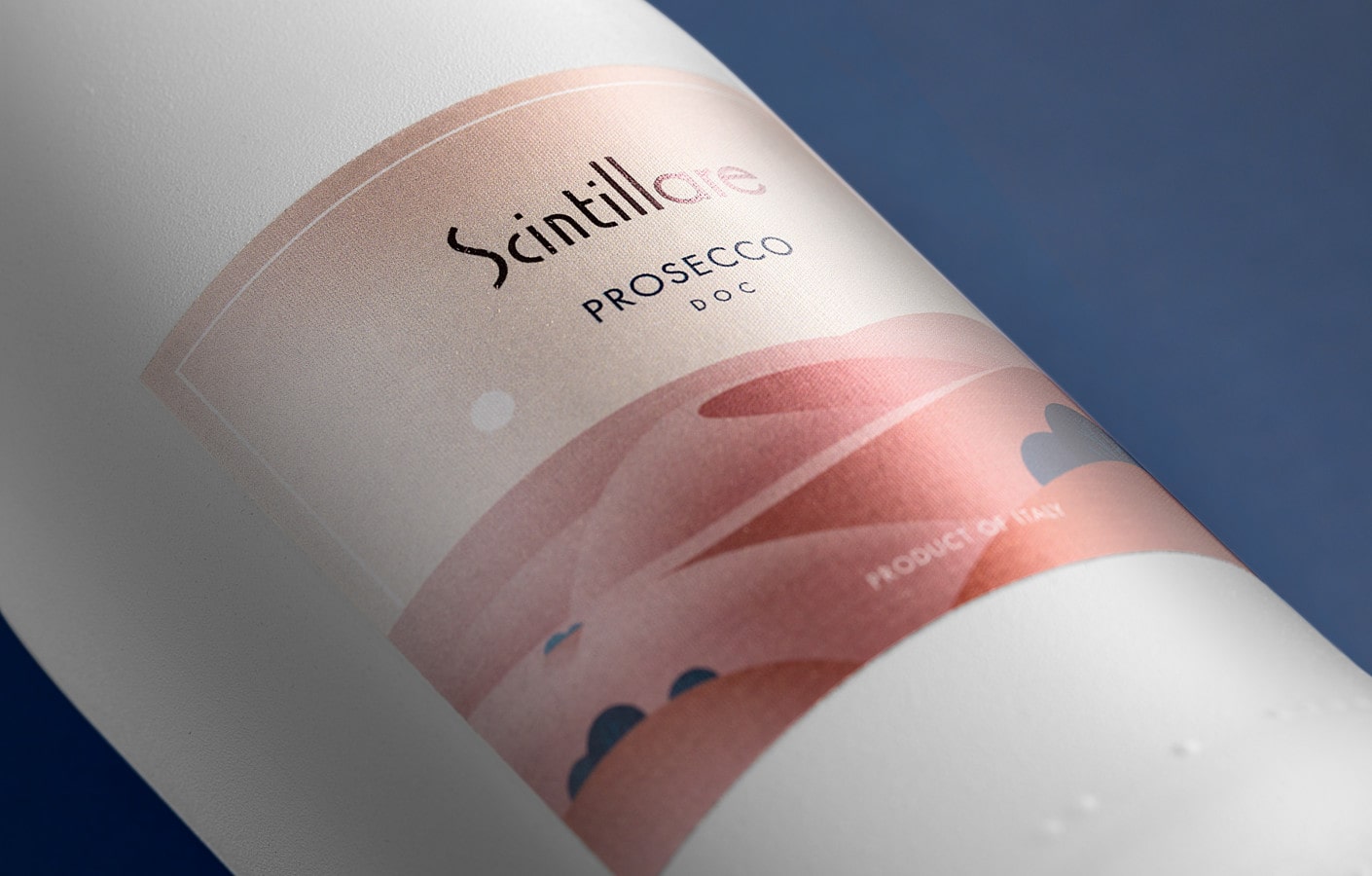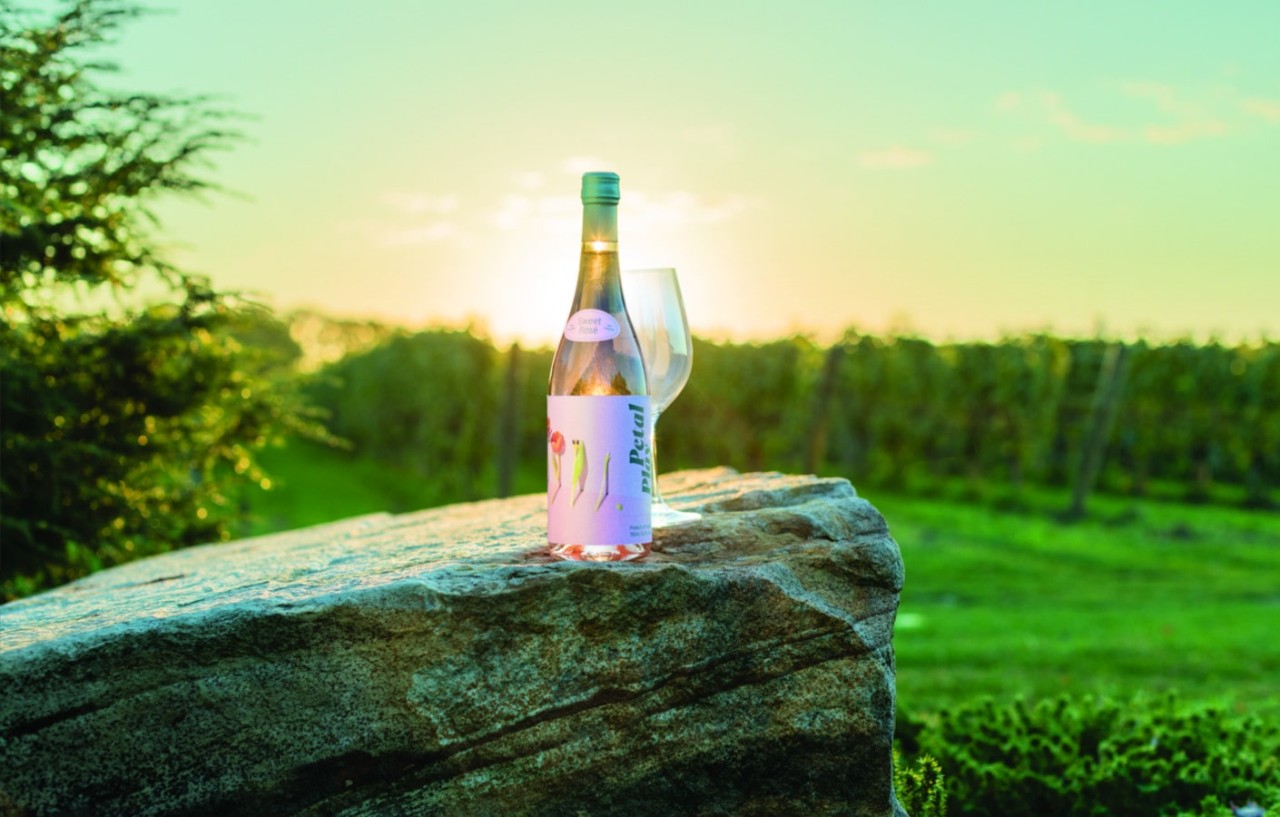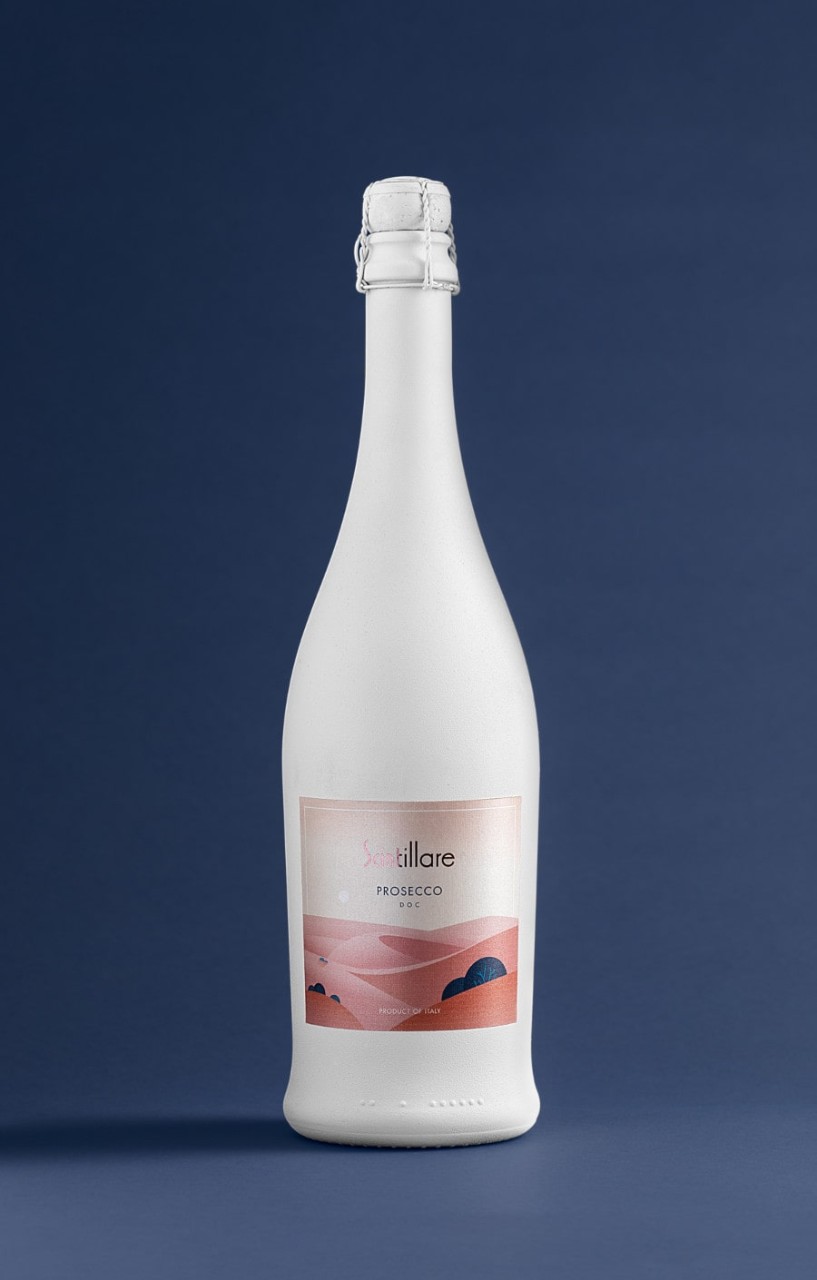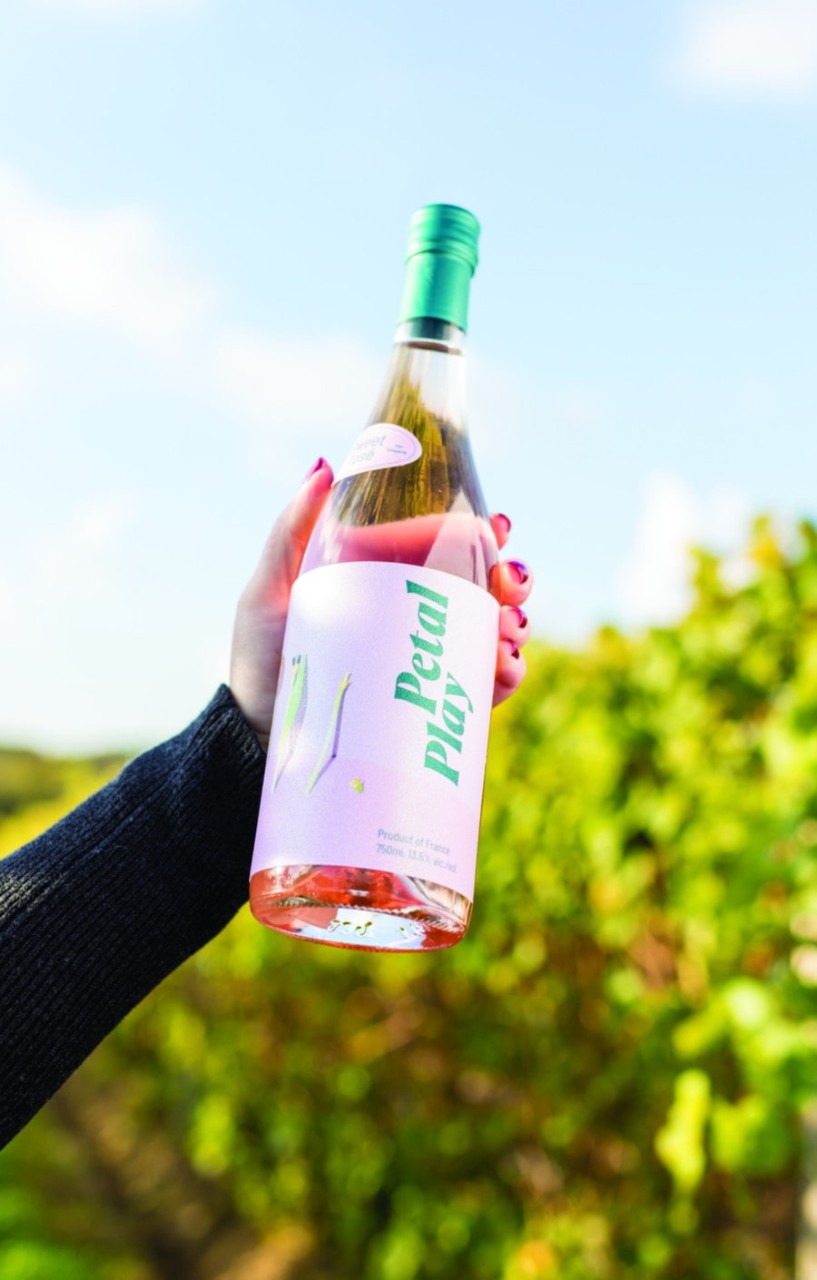
Premiumization trend continues in North America
According to a recent article in Beverage Industry, wine sales in the U.S. from 2013 to 2018 grew approximately 15 percent. Much of that growth is being driven by millennial consumers—the largest generation of consumers since the Baby Boomers—who differ from earlier generations in their consumption and buying habits.
“The trend toward premiumization continues in the North American wine market as millennial consumers drive growth in the segment,” says Avery Dennison Product Manager for North America Vanita Marzette. “Millennial consumers are interested in varietals like Rosé and Prosecco, wines with international provenance, and convenient to-go packaging. And these are factors driving the industry right now,” she says.
“Research shows Baby Boomers are more likely to stay loyal to their favorite local brands, while millennials show interest in flavor and convenience,” says Vanita. This shift offers an opportunity for new brands to edge into the market. “Today’s consumers are interested in trying something new, whether that’s a new varietal, a new provenance, or a new type of packaging,” Vanita says.
One brand, one consumer experience
With an eye on design, a taste for new flavors, and an interest in taking their favorite beverage to their favorite events, millennials are also interested in alternative wine packaging materials.
“A shift in consumer buying habits from brand loyalty to a more spontaneous purchasing pattern could signal an opportunity for brands to refresh their look and feel,” says Creative Design Manager for North America Alex Kidd. “In a marketplace where thousands of new products are entering the global market each year, innovative label and packaging design sets a brand apart,” he says.
Smaller portion sizes, as mentioned in Four factors driving smaller wine packaging, are steadily becoming more popular as consumers seek alternatives to the standard 75 mL glass wine bottle. Smaller glass bottles, single-serve cans, and aluminum bottles are all “on the table” for millennial consumers.
“In terms of packaging material and design, there’s an opportunity to create a wholly new brand experience for consumers,” says Alex. “Creating brand recognition across multiple vessels is an opportunity for design innovation, especially when label materials are likely to differ across multiple applications.” Shifting buyer perception and unique design challenges are nothing new for the wine and spirits industry, he says.


Premium label material for premium wines
In response to the booming popularity of rosé and other premium varietals, Avery Dennison recently released the new Luminous Collection for North America. Luminous™ is an extensive portfolio of facestock materials perfect for premium wines like champagne, rosé, and sparkling wine.
The Luminous Collection plays perfectly for rosé with its sparkling luster that shimmers and shines. The subtle radiance of the label material offers an opportunity for designers to play with the effects of lighting. Created to withstand advanced finishing techniques—like embossing, foiling, and die-cutting—the Luminous Collection of face stocks is the perfect backdrop for a premium wine label.
“As the trend toward premiumization continues in wine and spirits, innovation in label and packaging design will also continue,” says Alex. “What’s exciting is that each new challenge brings a new opportunity for designers to do what we do best—tell a familiar story in a new way.”











